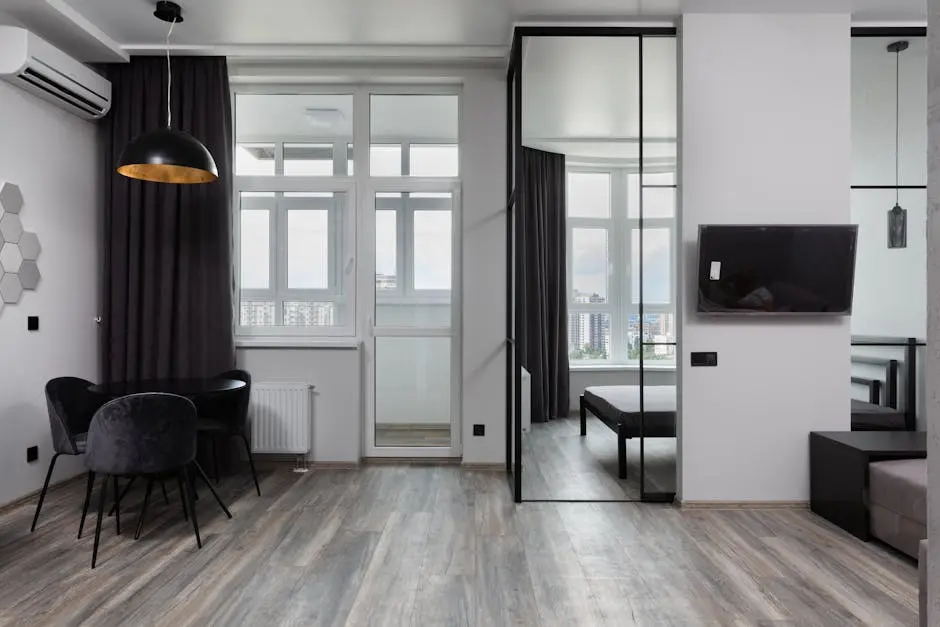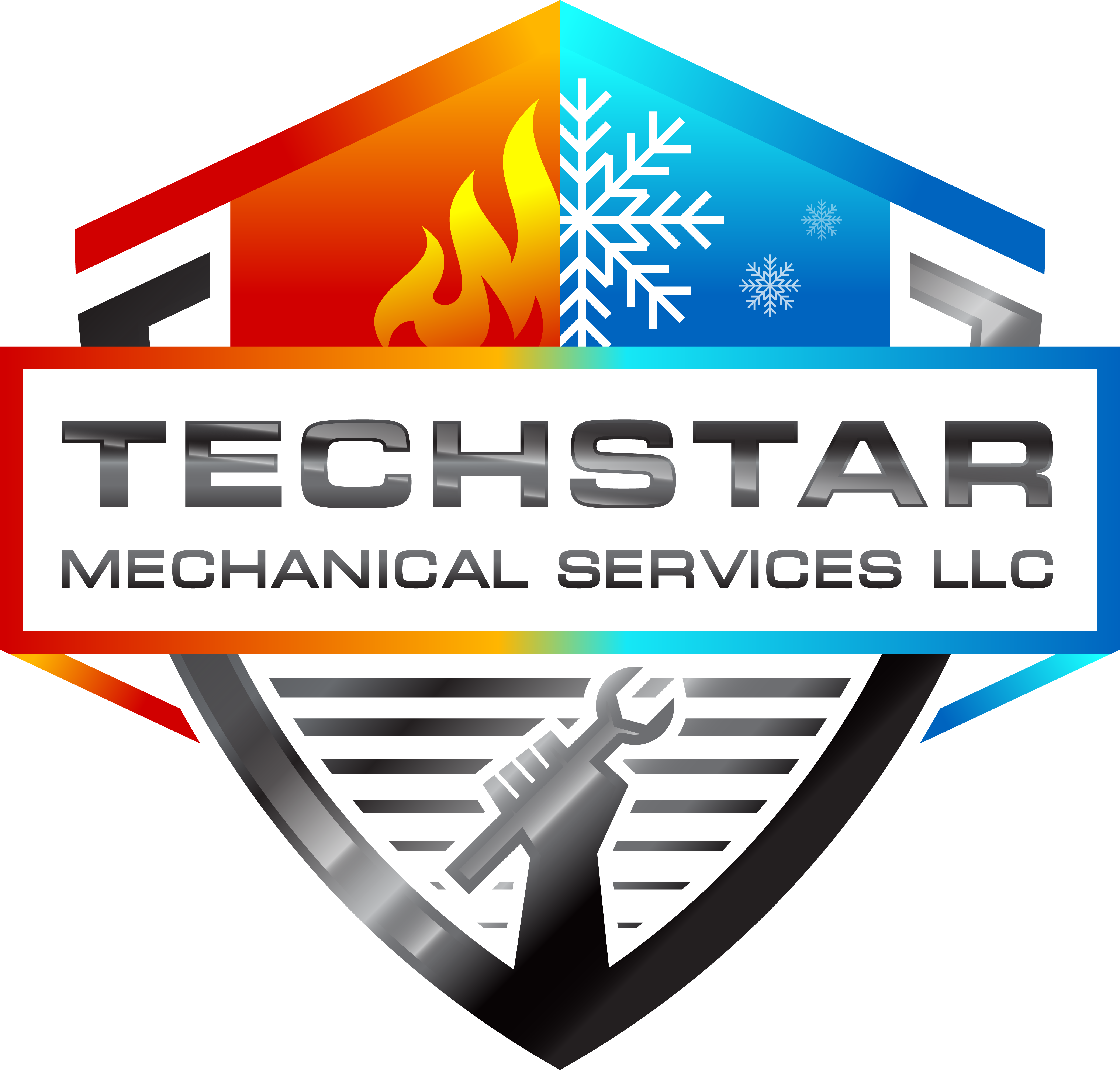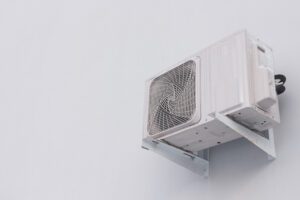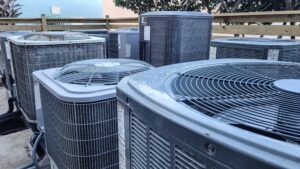When it comes time to upgrade or replace your HVAC system, the cost can be quite daunting. Fortunately, a variety of HVAC rebates can help ease the financial burden. By understanding how these rebates work and where to find them, you can significantly cut down on the costs. In this blog post, we’ll break down everything you need to know about HVAC rebates to help you save money on your next system.

What Are HVAC Rebates?
HVAC rebates are financial incentives offered by manufacturers, utility companies, and government programs to encourage the purchase of energy-efficient heating, ventilation, and air conditioning systems. These rebates can significantly reduce the initial cost of new HVAC equipment, promoting energy efficiency and ultimately saving you money in the long run. For instance, ENERGY STAR rebates are a popular option for consumers looking to invest in energy-efficient appliances.
These rebates come in various forms, such as mail-in rebates, instant rebates at the point of purchase, or post-purchase rebates. Understanding each type helps you maximize the benefits. For example, mail-in rebates require you to purchase the eligible equipment first, then submit a form along with purchase receipts to receive reimbursement. While it may seem cumbersome, this straightforward process can lead to substantial savings, especially if combined with other offers.
Apart from lowering initial costs, HVAC rebates also encourage the installation of state-of-the-art, energy-efficient systems that can significantly cut down on your utility bills over time. By reducing energy consumption, these systems not only contribute to significant cost savings but also help lower your carbon footprint, making them a win-win solution for both your wallet and the environment.
In addition to rebates from utility companies and manufacturers, governments often offer tax credits and financial incentives for energy-efficient home improvements. These initiatives aim to promote the adoption of green technologies and reduce overall energy consumption. To learn more about these incentives, be sure to check out your local and federal government websites for updated information on available programs and eligibility criteria.
Types of HVAC Rebates
There are several types of HVAC rebates available, including manufacturer rebates, utility rebates, and government rebates. Manufacturer rebates are offered by the makers of HVAC equipment and often provide substantial savings. For example, purchasing a high-efficiency air conditioner may qualify you for a significant rebate from the manufacturer, helping reduce initial costs.
Utility rebates are provided by local utility companies to promote energy efficiency and reduce energy consumption. These programs might offer rebates for upgrading to more efficient systems or for regular maintenance that improves efficiency. For instance, companies like MidAmerican Energy offer rebates on room and central air conditioners, heat pumps, and numerous other electrical appliances to encourage energy-saving practices.
Government rebates are part of larger initiatives to promote green energy and can be found at federal, state, and local levels. These programs often align with broader environmental goals such as reducing greenhouse gases and conserving energy. The Inflation Reduction Act has bolstered the availability of such rebates, making energy-efficient upgrades more accessible to homeowners.
Additionally, some utility companies also offer rebates for energy-saving services such as home energy audits and improvements in insulation. Such measures not only qualify for rebates but also enhance the efficiency of your HVAC systems, leading to increased savings over the long term. It’s worth exploring these options to maximize your returns while upgrading your home’s energy profile.
How to Find HVAC Rebates
Finding HVAC rebates can be as simple as doing a bit of research. Check manufacturer websites, your local utility company’s website, and government energy programs for available rebates. Additionally, HVAC contractors frequently have up-to-date information on available rebates and can also assist with the application process. Utilizing resources like the ENERGY STAR rebate finder can also simplify the search and help you locate rebates specific to your area.
Another helpful tip is to subscribe to newsletters from HVAC manufacturers and local utility companies. They often send updates about new rebate programs, seasonal promotions, and other cost-saving opportunities. Staying informed through these channels ensures you don’t miss out on potential savings.
Moreover, consulting with an energy auditor or HVAC professional can provide personalized insights into available rebates and how to qualify for them. These experts can also recommend additional steps to improve your home’s energy efficiency, making your rebate applications more effective and comprehensive.
Eligibility Requirements for HVAC Rebates
Each rebate program has its own set of eligibility requirements that you must meet to qualify. Common requirements include purchasing qualified energy-efficient equipment, residing within a specific service area, and submitting your application within a certain timeframe. It’s essential to carefully review these requirements to ensure you meet all criteria before making a purchase. For instance, understanding the qualifications in the Eastern Panhandle can offer great insights.
Eligibility often depends on the energy efficiency of the equipment you’re purchasing. Many rebate programs specify that only products meeting certain efficiency standards qualify. Products certified by programs like ENERGY STAR are a safe bet, as they must adhere to stringent efficiency criteria, thus increasing your chances of qualifying for rebates.
Documentation requirements can also vary. Typically, you’ll need proof of purchase, installation details, and sometimes additional forms such as energy performance certificates. Gathering and submitting these documents promptly ensures your application is processed smoothly and without delays.
Additionally, some rebate programs may have specific income or residency requirements, while others might be aimed at particular demographic groups, like low-income families or senior citizens. Checking these details in advance can save you time and ensure you make the most of available opportunities.
Steps to Apply for HVAC Rebates
Applying for HVAC rebates typically involves a few straightforward steps. First, purchase the qualifying HVAC system. Next, gather all necessary documentation, such as purchase receipts and proof of installation. Then, fill out the rebate application form, either online or via mail, and submit it along with the required documents. Be sure to follow up if you haven’t received confirmation or your rebate within the expected timeline.
Many manufacturers and utility companies provide detailed instructions on their websites for completing rebate applications. Make sure to follow these guidelines closely. Some rebates may require additional steps, such as scheduling a home energy audit before approving the rebate. For instance, resources like Lozier Heating and Cooling can provide valuable guidance on the process.
It’s also wise to keep copies of all submitted documents and your sent applications. This way, in case of any discrepancies, you’ll have a record to refer back to. Adequate follow-up is key; sometimes rebate applications can get delayed or misplaced, so periodically checking in ensures your application is moving forward.
If you find the process overwhelming, don’t hesitate to seek professional help. Many HVAC contractors are well-versed in the rebate application process and will assist you step by step. Their expertise can be invaluable, particularly for first-time applicants or those navigating multiple rebate programs simultaneously.
Tips for Maximizing Your HVAC Rebate Savings
To maximize your rebate savings, consider combining multiple rebates, purchasing during promotional periods, and opting for systems with the highest energy efficiency ratings. Additionally, working with a knowledgeable HVAC contractor can help you navigate all available rebates and ensure you get the most out of your investment. For a comprehensive guide, refer to resources like Tech Star HVAC, which offer insights into both rebates and energy-efficient systems.
Timing your purchase can also result in additional savings. HVAC companies often offer promotions during off-peak seasons or special sale periods. By aligning your purchase with these sales, you can benefit from both the rebate and the discounted price, leading to even greater financial savings.
Additionally, maintaining your HVAC system regularly ensures that it runs at peak efficiency, reducing your overall energy consumption. Regular maintenance can make your home more energy-efficient, which may qualify you for additional rebates, especially those aimed at comprehensive energy-saving measures.
Exploring options like smart thermostats can also enhance your savings. These devices optimize energy usage, adjust temperatures based on your routine, and provide valuable insights into your energy consumption. Combining the use of a smart thermostat with an energy-efficient HVAC system can lead to substantial long-term savings and qualify you for multiple rebates.
Maximize Your Savings with HVAC Rebates
Taking advantage of HVAC rebates can substantially lower the cost of upgrading or replacing your system, making energy efficiency and comfort more accessible than ever. By understanding the different types of rebates available, where to find them, and how to ensure you qualify, you can make a more informed decision and enjoy the benefits of a modern HVAC system without breaking the bank. To explore HVAC solutions tailored to your needs, visit Tech Star HVAC’s homepage.



